The three curators of the exhibition are also an international crew. Kate Fowle is British; Xiaoyu Weng, Chinese, and Folsade Ologundudu was born in Brooklyn.
“As curators,” Ologundudu said, “we looked at ways art can be viewed through materiality, identity, gender, politics; representing international as well as intergenerational artists. Our point of view was on current times and its affect. The exhibition is an opportunity to challenge the norm of what is being shown today in museums and galleries, beyond the traditional idea of modern art as oil on canvas.”
Kenyan artist Wangechi Mutu’s polished bronze goddess head titled Mwotaji (the dreamer), is
from Holly Peterson’s collection. “I am looking to collect work that is intellectually
challenging,” said Peterson. “But I don’t expect women artists of color to make a statement or claim an identity. The work can be beautiful, whimsical, inspiring. The placement of the art I buy creates a conversation that I find interesting. The work talks to one another.” At her residence in Manhattan, she hosts museum groups to view and talk about the work, their interplay, and the need to diversify.
The women in the SAC exhibition are interested in a mentor/mentee relationship rather than just acquiring work for its investment value. This shift in art-buying behavior is a critical one and much needed in an art world saturated with wealth.
“My main rule is that I don’t sell primary works,” said Peterson. “But I do buy primary works 100 percent of the time. Collectors often buy the artist’s pieces as first-time owners of coveted works that many other collectors are after and lost out on in a buying feeding frenzy. Then the new owner turns around two years later and sells for the picture for ten times what they bought it for. Many think this is a good thing for the artist and the gallery and the artist’s market in general. It is in fact risky and dangerous and thoughtless. Sure, a high-priced public sale of a primary work temporarily increases the publicly viewed pricing of an artist’s market. However, the price is superficial, because as more sellers get greedy and try to do the same, this can create a glut. All this quick selling off devalues the artist’s work and can destroy her market.”
The art world seems to be shifting more to a collaboration between collector and artist as evidenced by the women collectors represented in the SAC exhibition. This is an equitable and artistic exchange benefiting both, as well as those who want to have a piece of art in their home. It is important for the public not to be intimidated by modern art because of its inaccessibility, and the art speak used to talk about art. Art is important for everyone and shouldn’t be viewed as a luxury. We are grateful for collectors, like those in the SAC exhibition, who generously loan their private collections for the public to view and enjoy. We are also grateful for the vision of the curators and the inventive artists represented.
Great Collectors: Women Pioneers Shaping the Art World at the Southampton Arts Center is on view through September 30, 2023.




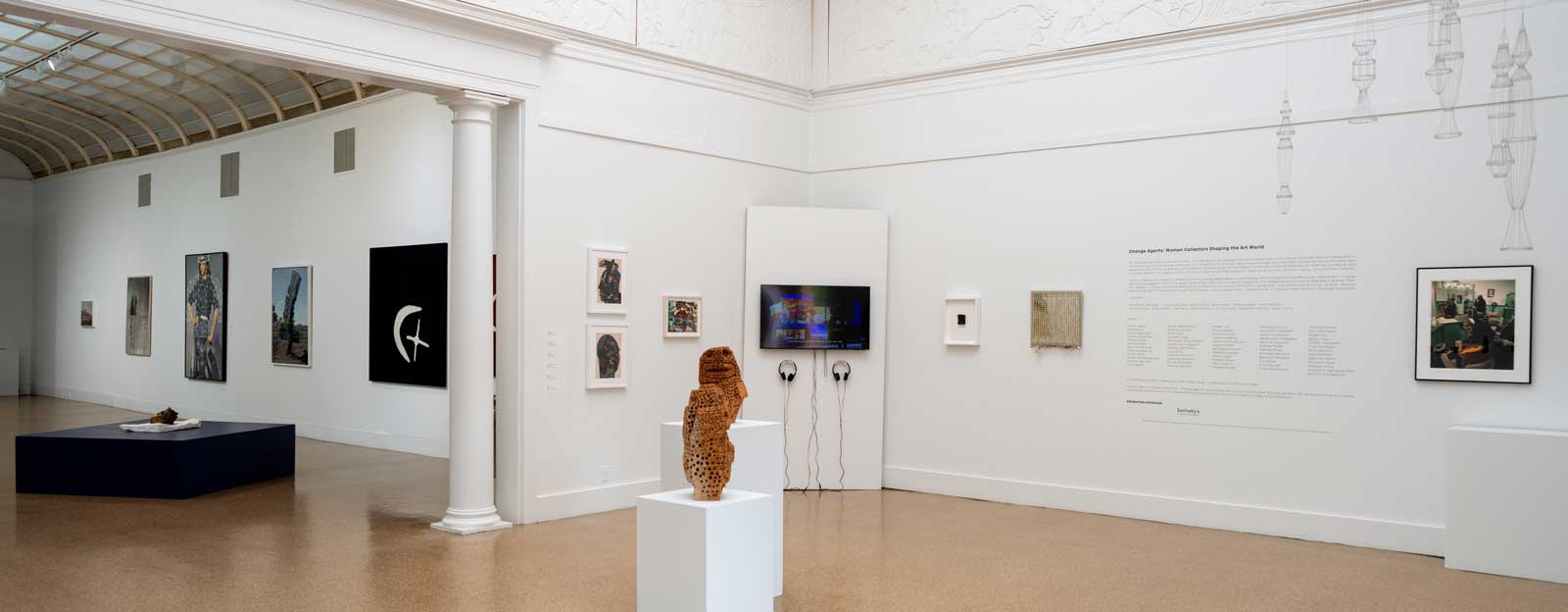
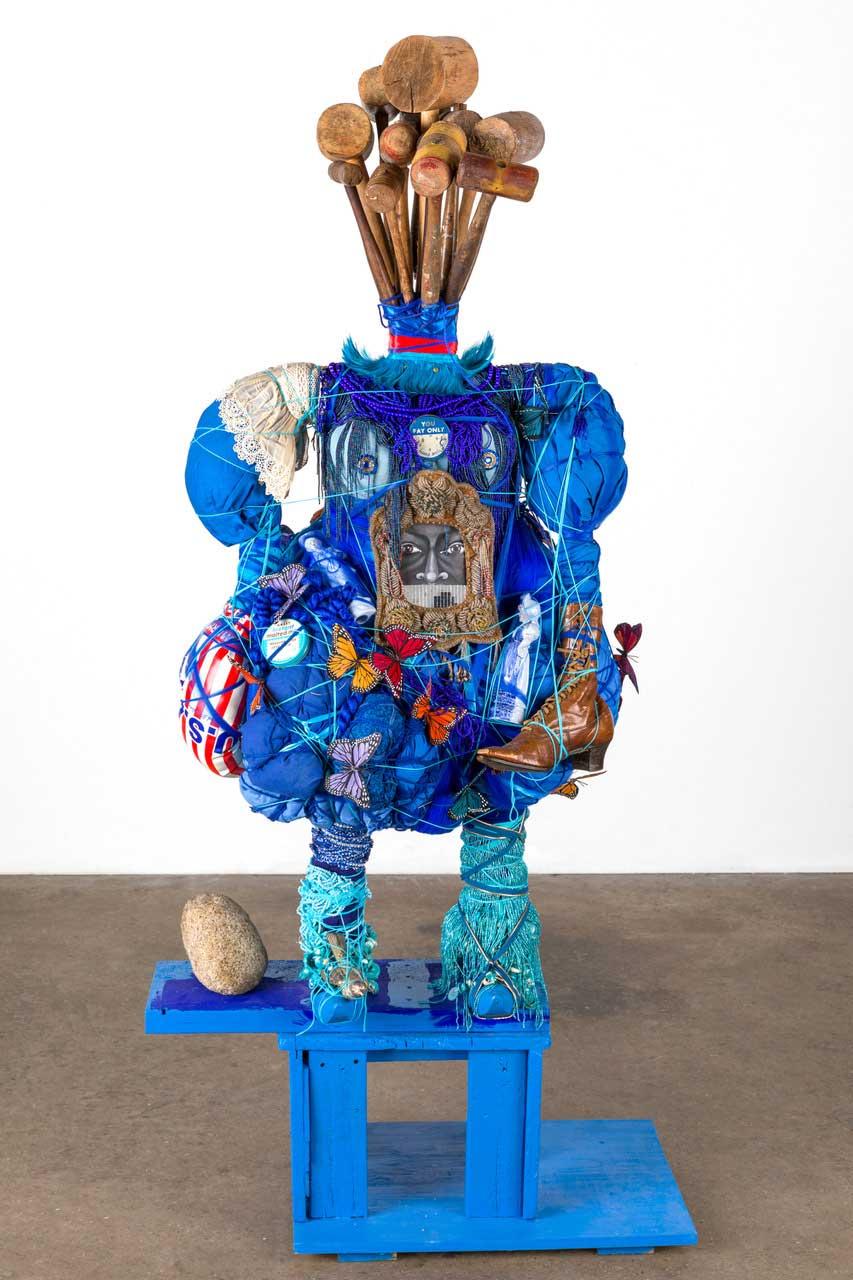

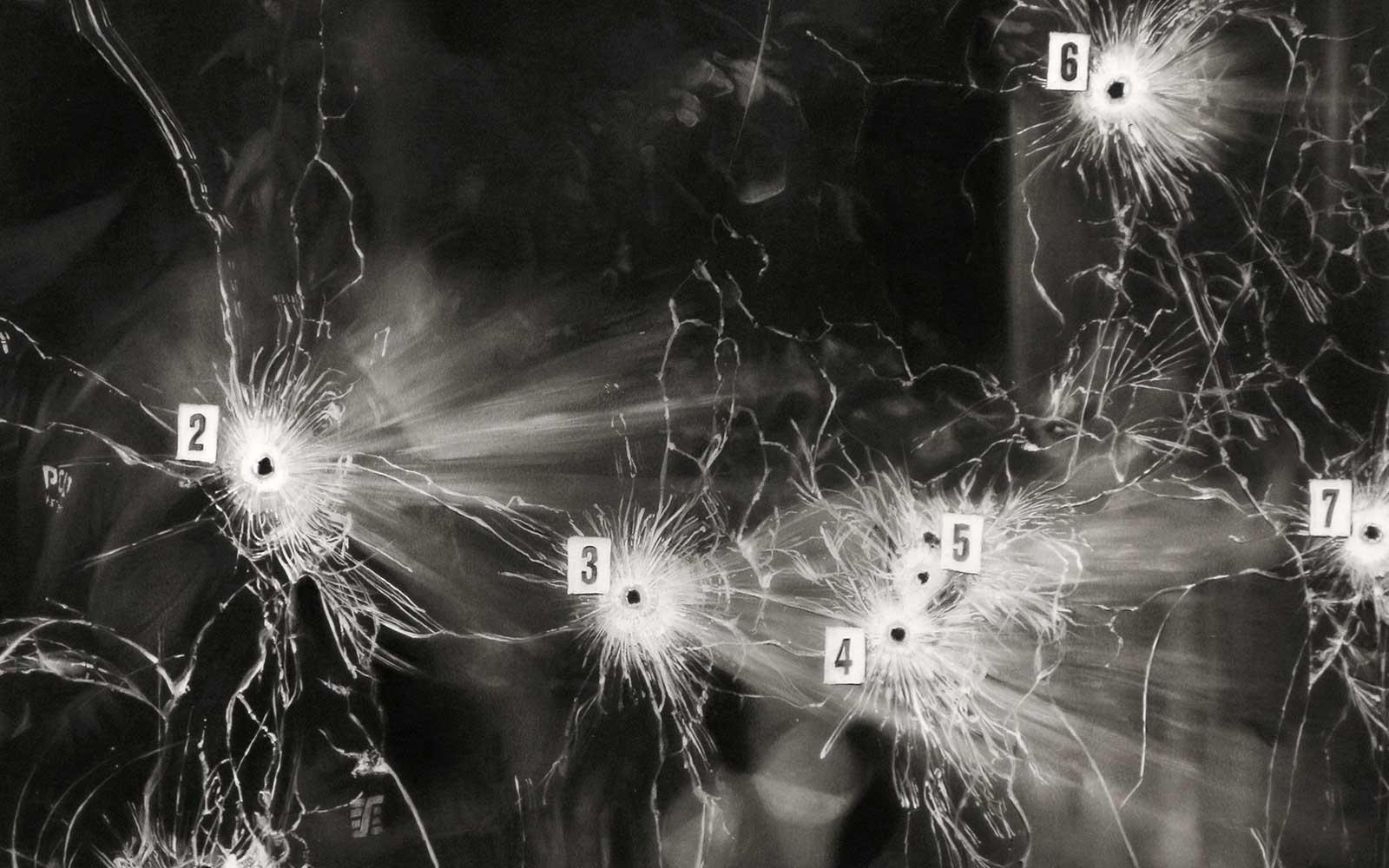
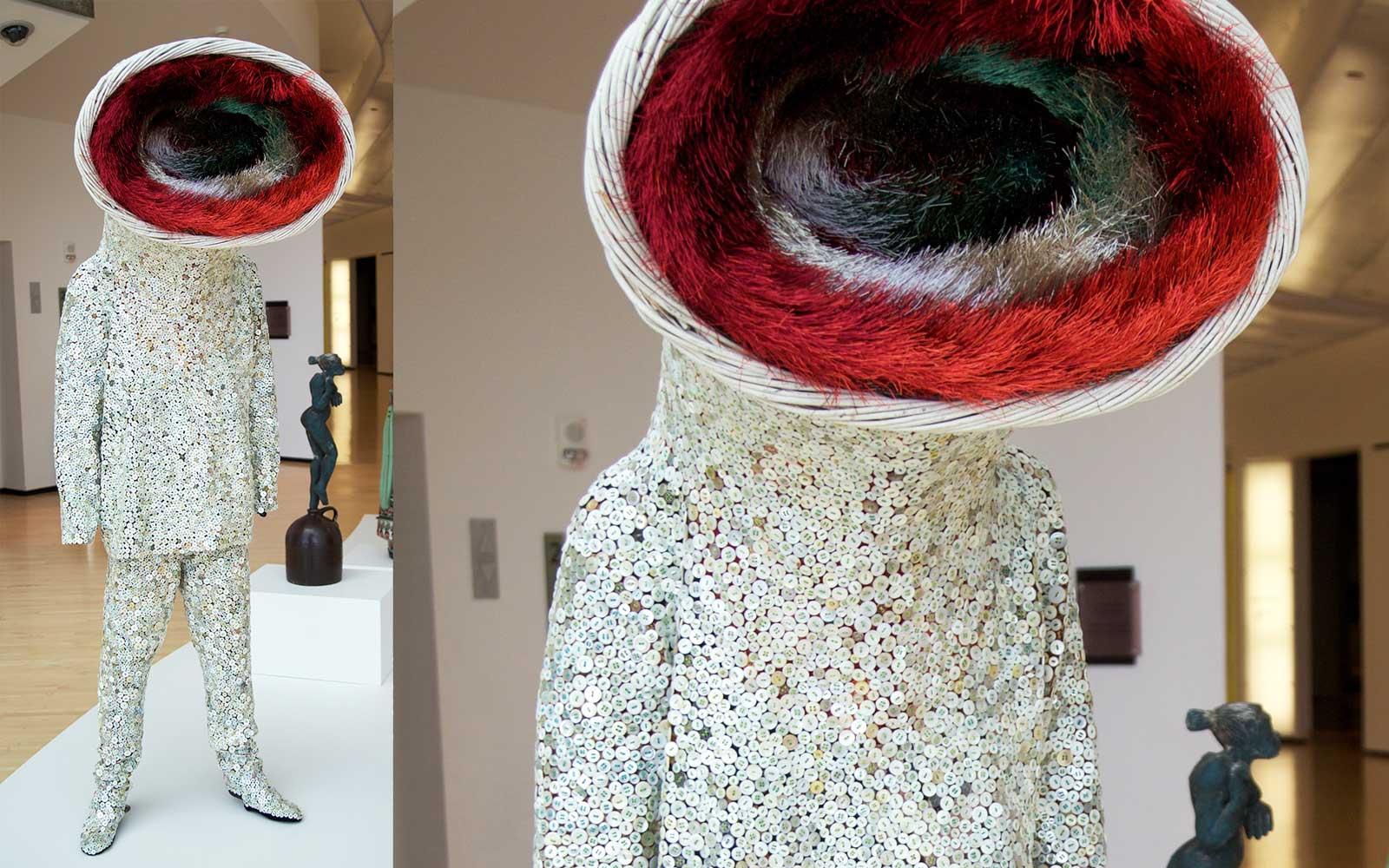
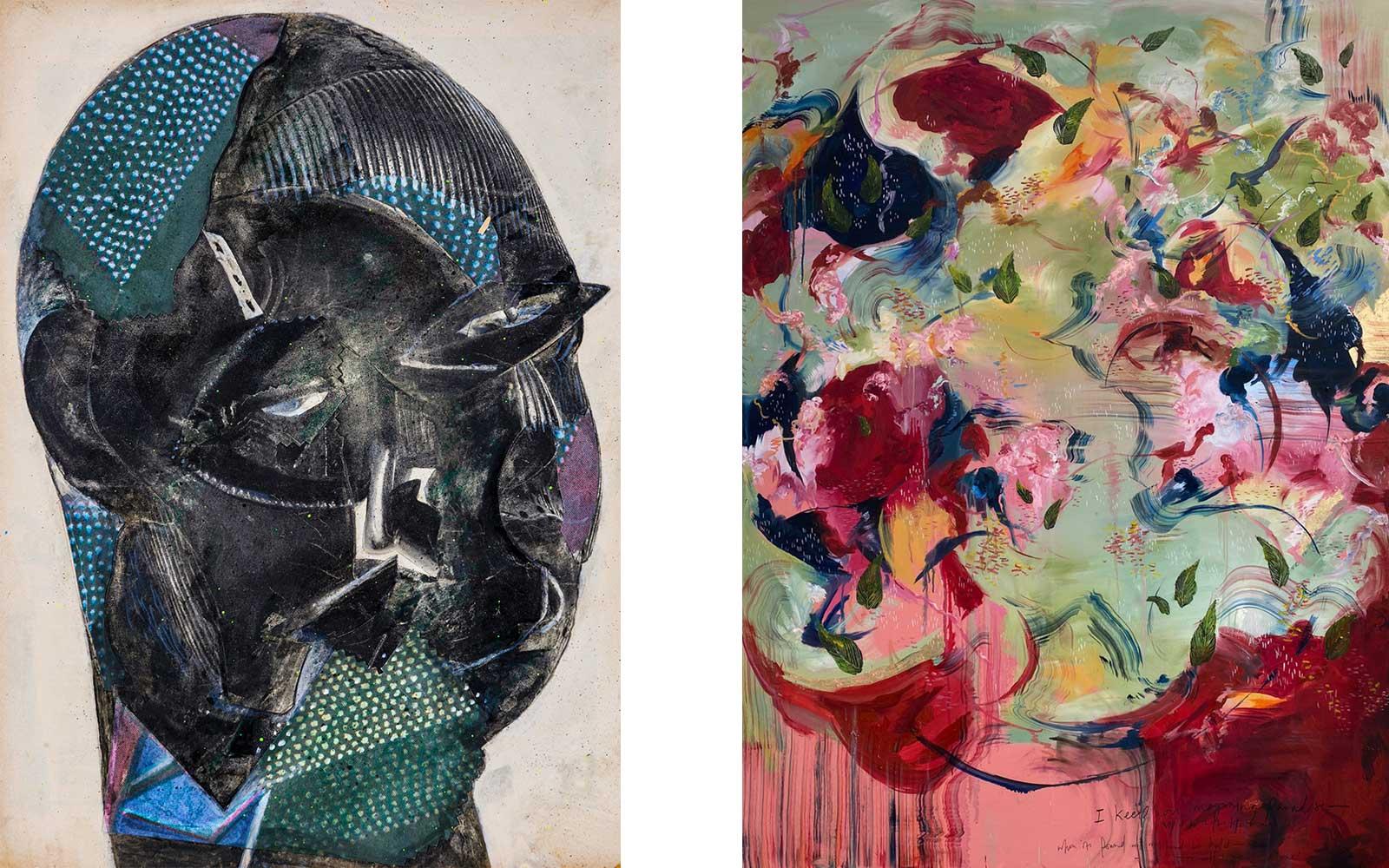
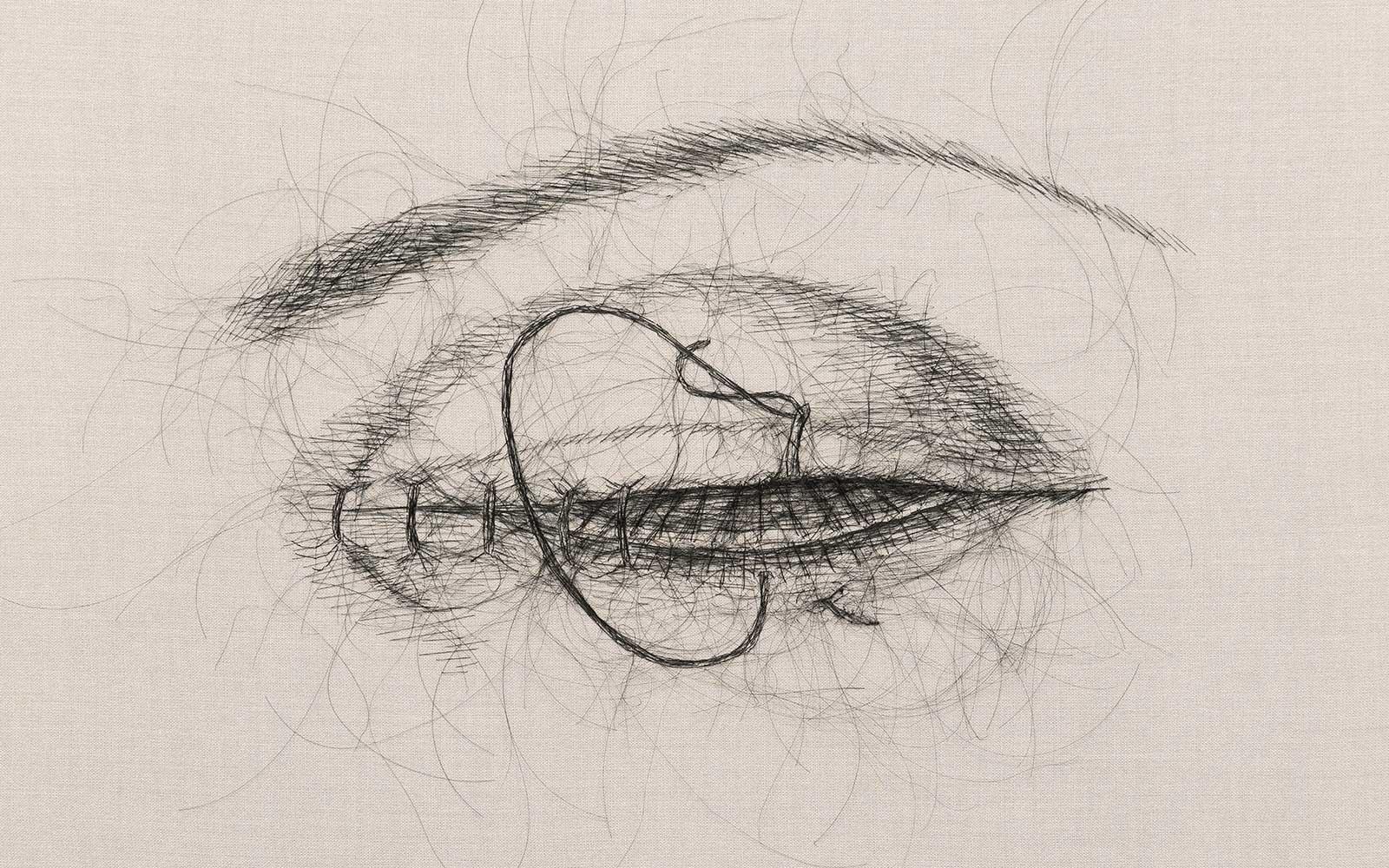
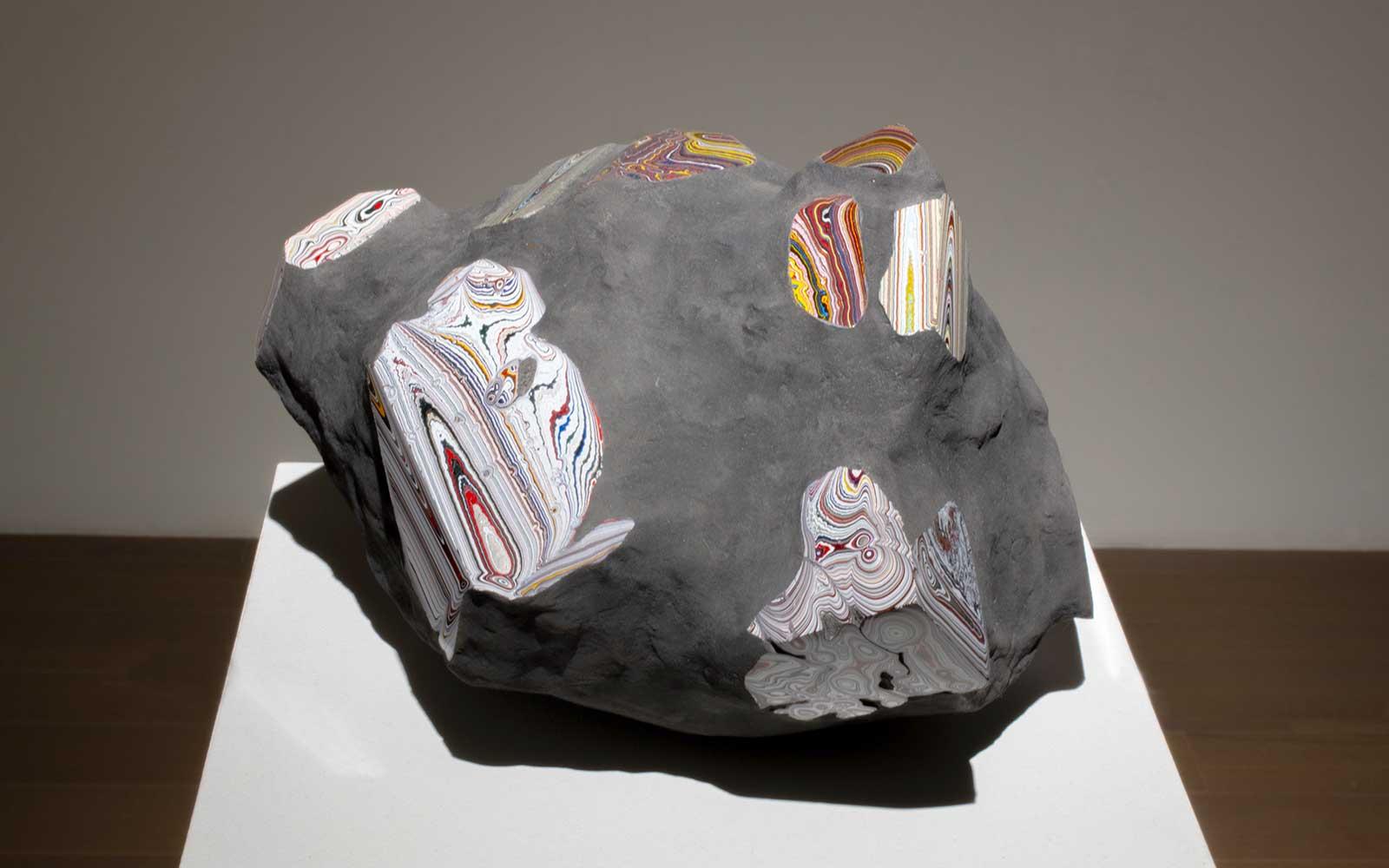
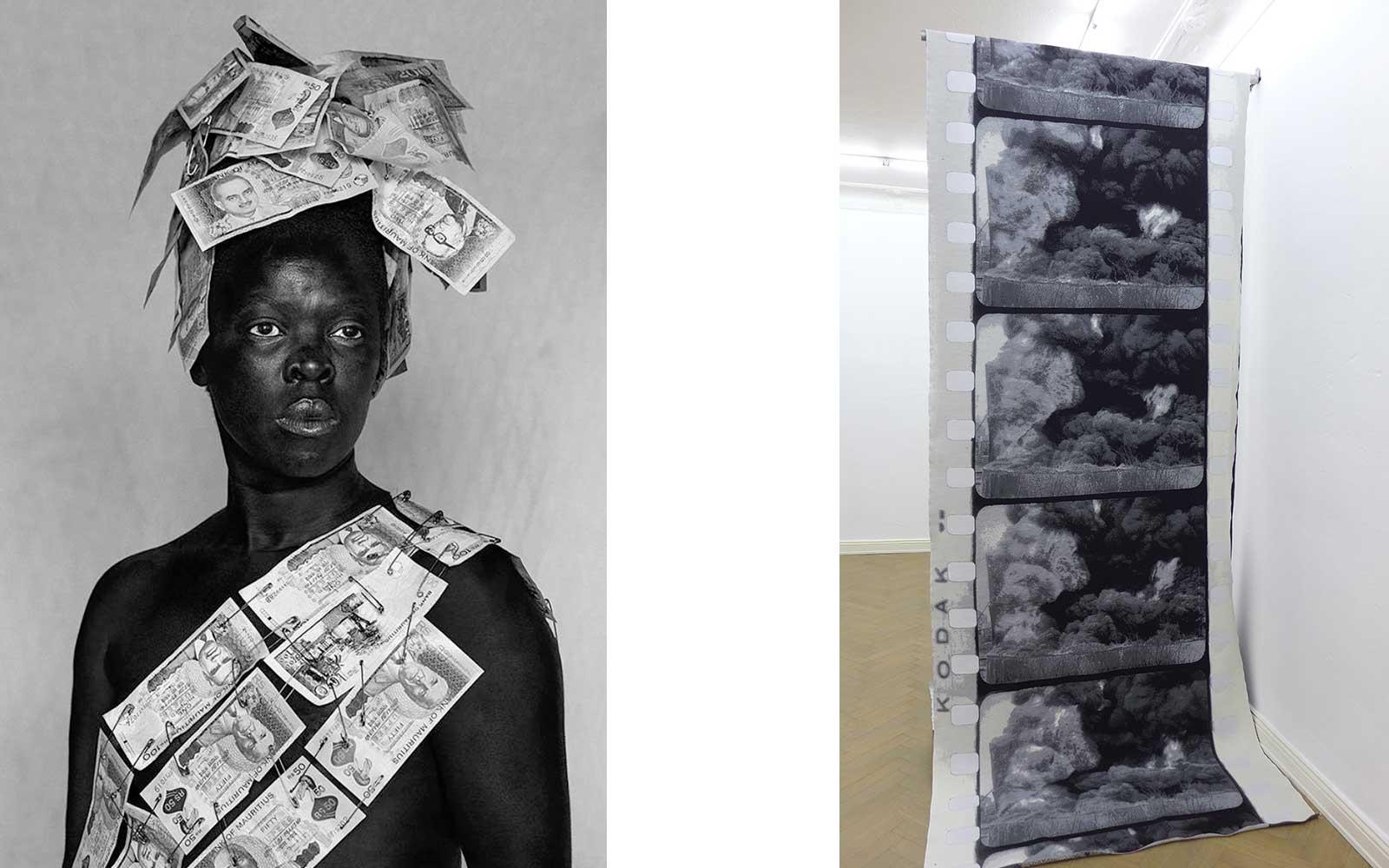



















![DEl Kathryn Barton [Australian b. 1972] the more than human love , 2025 Acrylic on French linen 78 3/4 x 137 3/4 inches 200 x 350 cm Framed dimensions: 79 7/8 x 139 inches 203 x 353 cm](/sites/default/files/styles/image_5_column/public/ab15211bartonthe-more-human-lovelg.jpg?itok=wW_Qrve3)



